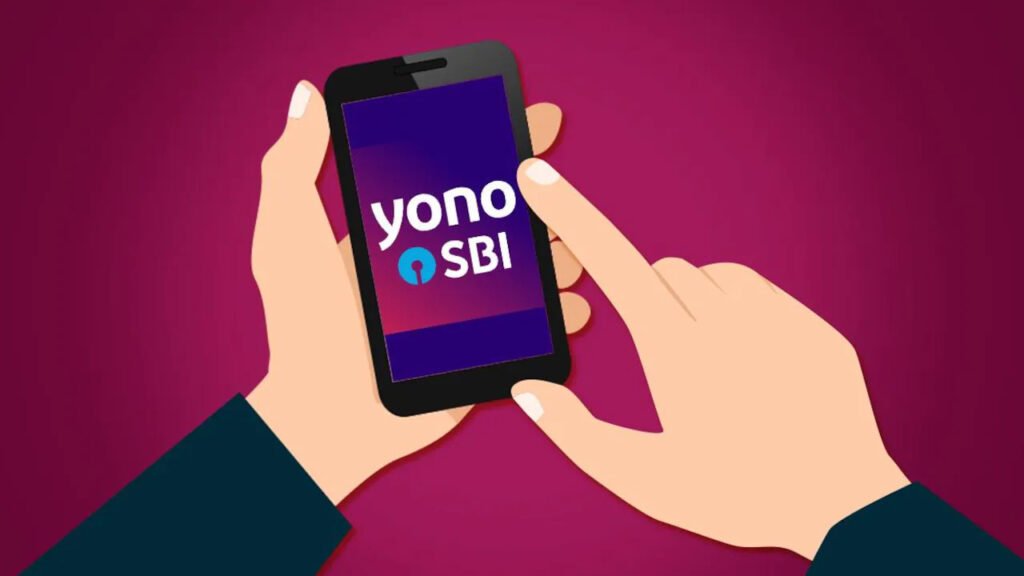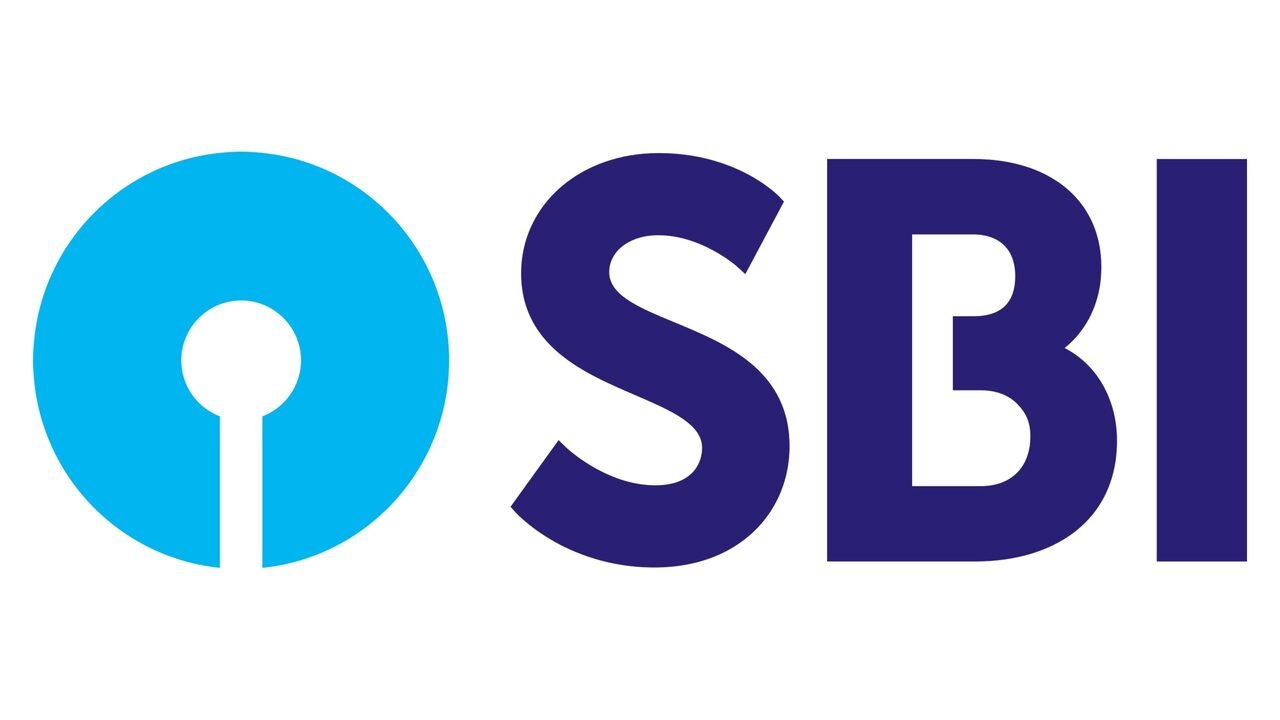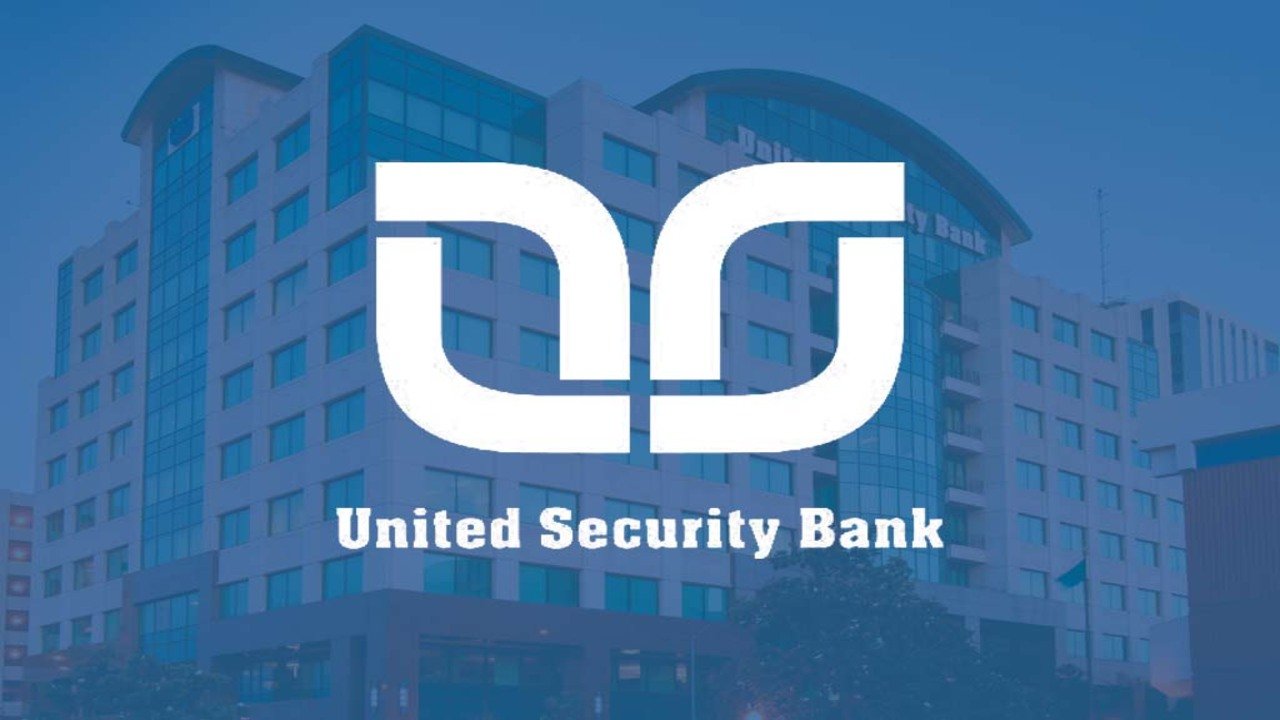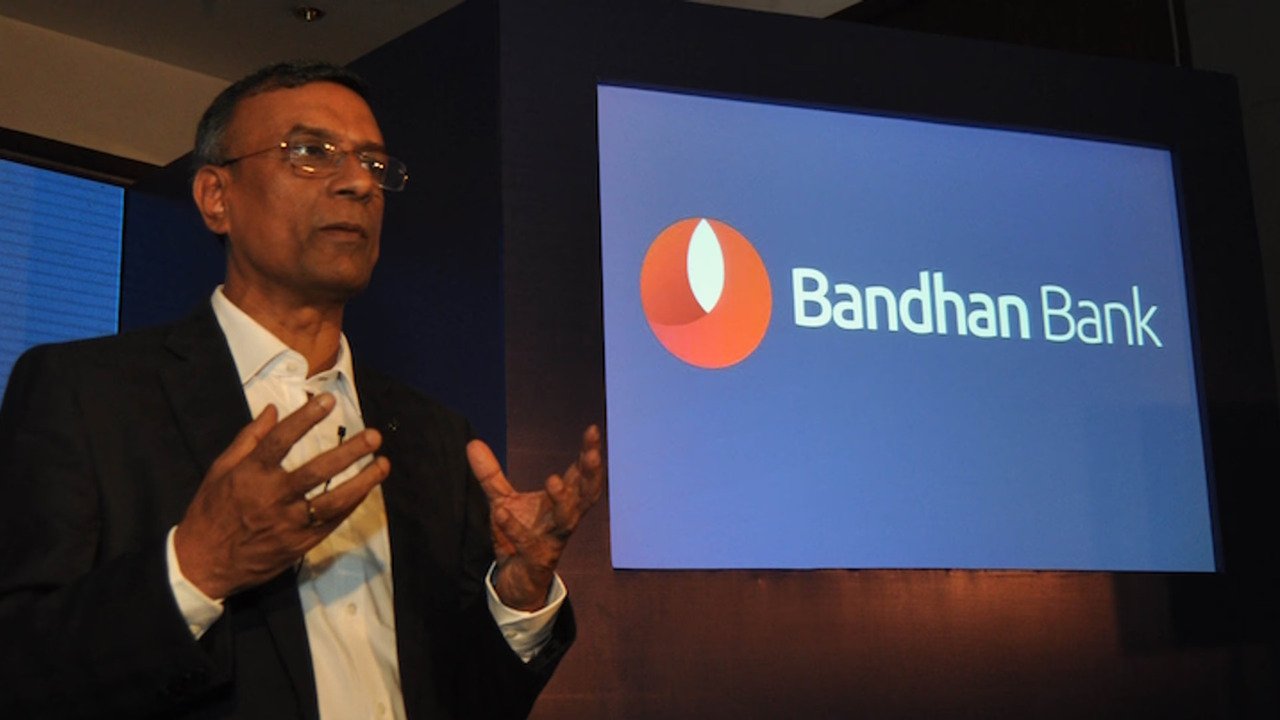SBI Bank Services, Loans, Accounts & Interest Rates 2025.
As India’s largest public sector lender, the State Bank of India (SBI) continues to be a bellwether for the nation’s economy. In a landscape marked by rapid digital transformation and evolving customer expectations, SBI has demonstrated a robust financial performance, a commitment to innovation, and a strategic focus on expanding its reach and services. Recent announcements and financial results paint a picture of a banking behemoth that is not just navigating the complexities of the modern financial world but is actively shaping its future.
Thank you for reading this post, don't forget to subscribe!Powering Ahead with Strong Financial Performance
Recent financial disclosures from SBI have underscored its strong position in the Indian banking sector. The bank reported impressive financial results for the fiscal year 2024-25, showcasing significant growth in both revenue and net profit. For the third quarter of FY24-25, SBI’s total income stood at ₹1,67,853.57 crore, a notable increase from the previous year. The bank’s net profit also saw a substantial surge, driven by robust loan growth and an increase in net interest income.Analysts had projected a significant year-on-year increase in net profit for the quarter, and the bank’s performance met these optimistic expectations.
The full fiscal year 2024-25 saw SBI achieving a record net profit, reflecting a robust year-on-year growth. Despite a dip in net profit in the fourth quarter of FY25, attributed to a sharp rise in provisions, the bank’s overall annual performance was strong, with operating profit crossing the ₹1 lakh crore mark for the full year.This solid financial footing has enabled the bank to reward its shareholders with a generous dividend.
Looking ahead, brokerage firms have maintained a positive outlook on SBI’s stock, with some raising their target price.This optimism is fueled by expectations of faster-than-system growth and the bank’s ability to leverage other income streams and manage operating expenses.
Embracing the Digital Revolution: YONO and Beyond

At the heart of SBI’s strategy for the future is its unwavering focus on digital transformation. The bank’s integrated digital platform, YONO (You Only Need One), has been a game-changer, redefining the banking experience for millions of its retail customers. With over 68 million users, YONO serves as a financial superstore, offering a wide array of banking, insurance, mutual funds, and lifestyle products on a single platform. The bank has been continuously enhancing the features of YONO, including the unique YONO Cash feature which allows for cardless cash withdrawals from ATMs, POS terminals, and Customer Service Points (CSPs).
SBI’s digital ambitions extend beyond retail banking. “YONO for Business” provides comprehensive digital banking solutions to corporate clients, streamlining their operations through seamless integration with their ERP systems. The bank is also a frontrunner in leveraging emerging technologies like Artificial Intelligence (AI), Machine Learning (ML), and big data to enhance its operational efficiency, risk management, and customer service. SBI’s annual ICT spending was estimated at $1.3 billion in 2024, a significant portion of which is dedicated to acquiring cutting-edge software and ICT services.
To further foster innovation, SBI has launched an Innovation Hub in partnership with APIX, a global collaborative innovation platform. This hub provides a dedicated space for fintechs, startups, and innovators worldwide to design next-generation financial solutions tailored to the diverse needs of SBI’s vast customer base. This initiative is aimed at driving financial innovation, digital transformation, and advancing financial inclusion.
New Initiatives and Customer-Centric Schemes
In its 69th year, SBI has unveiled a bouquet of new offerings and initiatives aimed at enhancing the banking experience for its diverse customer base. A key digital initiative is the introduction of UPI Tap-and-Pay on the BHIM SBI PAY app, leveraging Near Field Communication (NFC) technology for swift and effortless digital payments.
The bank has also launched a fully digital, end-to-end journey for the SBI Surya Ghar Loan, enabling users to get credit for installing solar rooftops under the government’s PM Surya Ghar Scheme. In a push to strengthen agricultural finance, SBI has launched 35 new Agricultural Centralized Processing Cells (Agri CPCs) to revamp and mitigate risks in its agricultural loan portfolio and facilitate larger-ticket agricultural financing.
On the deposit front, SBI continues to offer attractive schemes. The bank has introduced special fixed deposit schemes with higher interest rates than regular term deposits, such as the SBI Green Rupee Term Deposit Scheme and the Amrit Kalash scheme. However, the bank has also made revisions to its fixed deposit interest rates for certain tenures in response to changes in the repo rate by the Reserve Bank of India. Similarly, the interest rate on savings accounts has been made uniform for all balances. Recently, the bank also increased the minimum threshold for its auto sweep facility in savings accounts.
Strategic Partnerships and Expanding Reach
Collaboration is a key pillar of SBI’s growth strategy. The bank has deepened its long-standing partnership with Pine Labs, a leading merchant commerce platform, to accelerate the adoption of digital payments and commerce solutions across India. This expanded alliance will focus on providing a seamless checkout experience across multiple payment methods and empowering merchants with a comprehensive digitization suite.
In a move to enhance financial inclusion in rural areas, SBI has entered into a co-lending partnership with Muthoot Microfin. Under this collaboration, loans will be extended to members of Joint Liability Groups (JLGs) engaged in agricultural and allied activities, as well as other income-generating ventures. Furthermore, SBI has partnered with Panasonic Life Solutions India to provide attractive financing options for customers interested in installing solar energy solutions, supporting the government’s renewable energy goals.
In addition to these partnerships, SBI is also physically expanding its footprint. Finance Minister Nirmala Sitharaman announced that the bank plans to open 500 new branches in the financial year 2025, further strengthening its extensive network.
Navigating Challenges and Looking Ahead
While SBI’s recent performance has been strong, the bank is not without its challenges. Like other public sector banks, it has to contend with issues such as non-performing assets (NPAs) and intense competition from private sector banks and fintech companies. There have also been occasional technical glitches and disruptions in its digital services, particularly during peak periods, which have caused inconvenience to customers.
However, SBI’s leadership remains focused on addressing these challenges. Chairman Challa Sreenivasulu Setty has emphasized the need for public sector banks to marry innovation with trust to stay competitive in a rapidly evolving banking landscape. He highlighted that while digitalization is crucial, banking remains a people-centric business where empathy and human understanding are irreplaceable.
Looking ahead, State Bank of India appears well-positioned to continue its growth trajectory. Its strong financial base, coupled with its aggressive push towards digital innovation and strategic partnerships, will be crucial in navigating the dynamic Indian financial ecosystem. The bank’s commitment to financial inclusion and its expanding reach into rural and underserved areas will also play a vital role in India’s economic development. As SBI continues to evolve, its journey will be closely watched, not just by the financial community, but by the entire nation.













